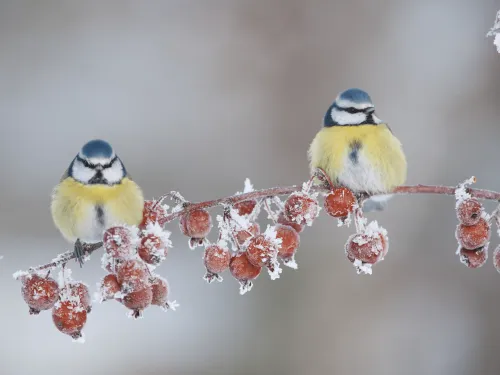
Create a wilder garden this winter
Wilder Gardens Officer, Ellen Tout, talks about her favourite parts of the winter garden and what you can do to make your space a sanctuary for wildlife.
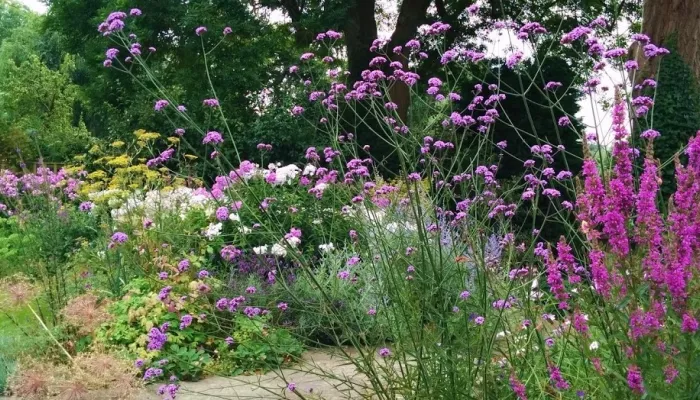

Pulmonaria, an excellent early source of pollen and nectar, has done unusually well in our garden this year - P Brook
In less sunny years, there are practical things you can do to help plants that may struggle to survive slug attacks. Try putting susceptible plants away from dense cover where slugs will thrive. We grow our most susceptible flowering plants in pots on our paved area or on the garden table. We successfully grow lettuce in the greenhouse. We think slugs are deterred by the long slither to dinner.
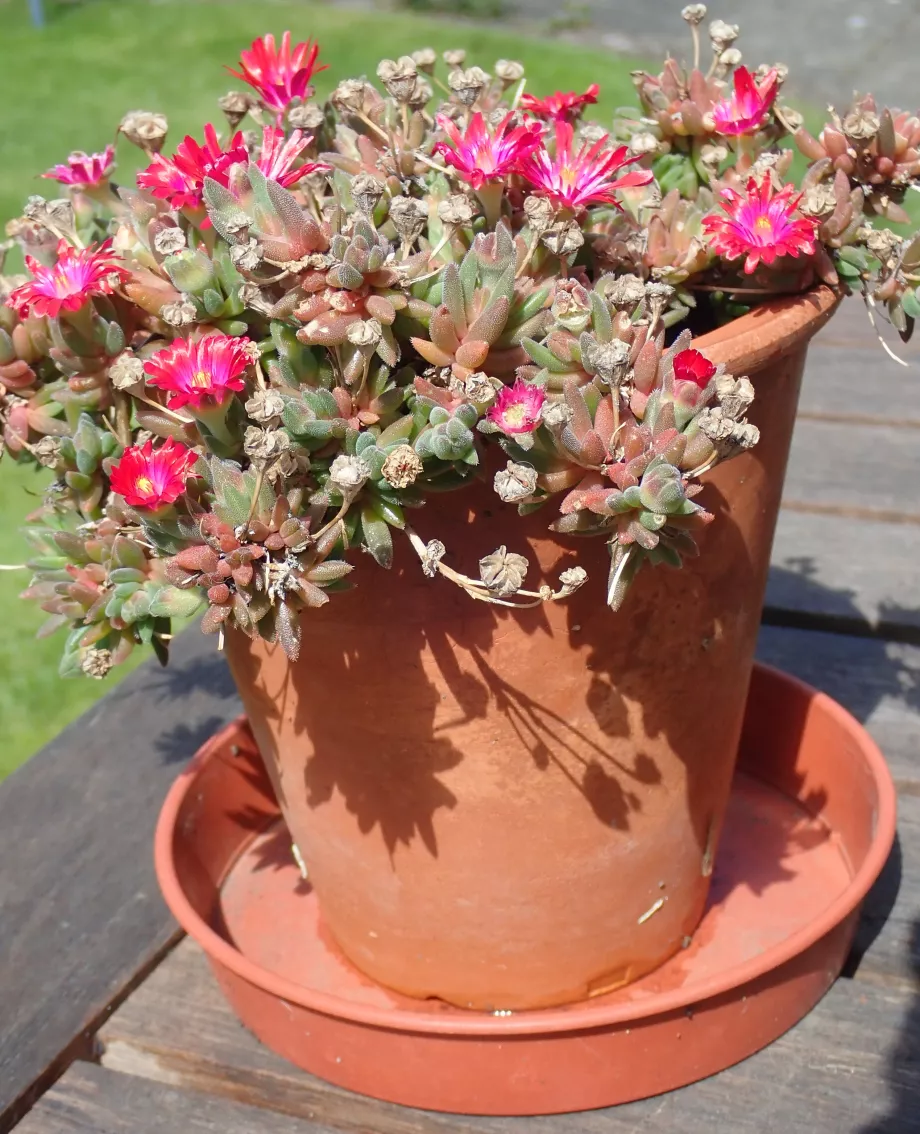
Delosperma surviving slugs in a pot on our garden table - P. Brook
Starting plants off in a greenhouse and growing them to a good size gives them a head start on slugs. Plants tend to be wonderfully lush and attractive to slugs when they first come out of the greenhouse, so it’s worth toughening them up before putting them in the border or vegetable plot. We keep an eye on the weather forecast and try to plant out when growing conditions will be good and avoid cool, damp conditions that will encourage slug activity. If despite all this care a plant is being demolished by slugs and snails, it’s worth digging it up and growing it on until it is large enough to withstand the slugs, usually about a foot tall. In the case of runner bean plants, we try to have a few spares just in case!

Runner bean plant which will be at least a foot tall before we risk planting it at the allotment - P Brook
Slugs and snails tend to be more active at night so it may help to water plants in the morning rather than the evening. Some people use barriers against slugs; WAGAs’ experience of these is variable but the Royal Horticultural Society is a good source of information. Many WAGAs cope with slugs and snails by growing wildlife-friendly plants, mainly perennials, that survive them naturally. In future blogs, we will share information about some of our favourite slug-resistant plants.
Over the summer we host open gardens at our Tyland Barn Nature Park and Gardens and our Wild About Gardens volunteers nature-friendly gardens. Get your gardening questions answered and get some inspiration for your own garden.

Wilder Gardens Officer, Ellen Tout, talks about her favourite parts of the winter garden and what you can do to make your space a sanctuary for wildlife.
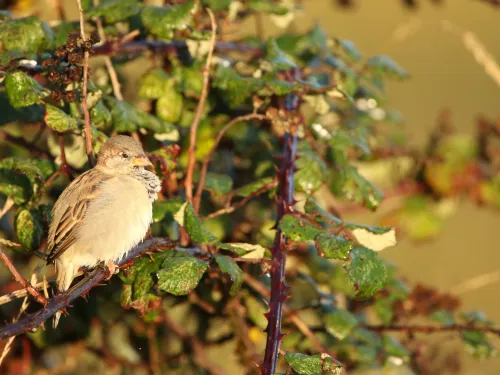
Hedges - they sit at boundaries, at the edges of gardens, fields, and roads. But too often, they’re relegated to the edges of our minds...
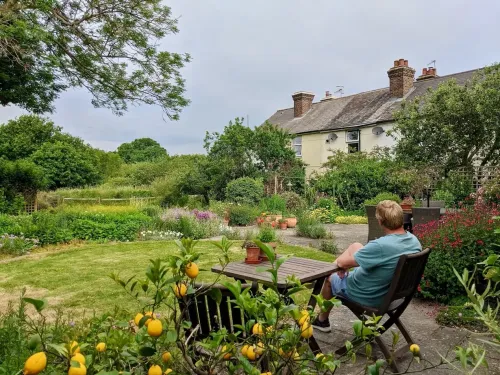
Volunteer Wild About Gardens Advisor Penny Brook takes us on a journey through her garden to share how they create a flower-filled haven for both people to relax and wildlife to flourish.